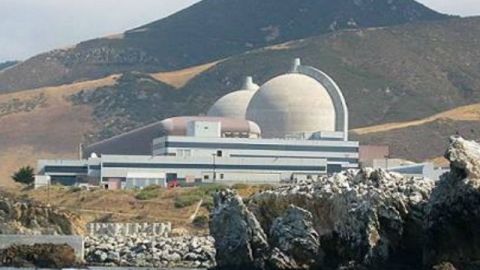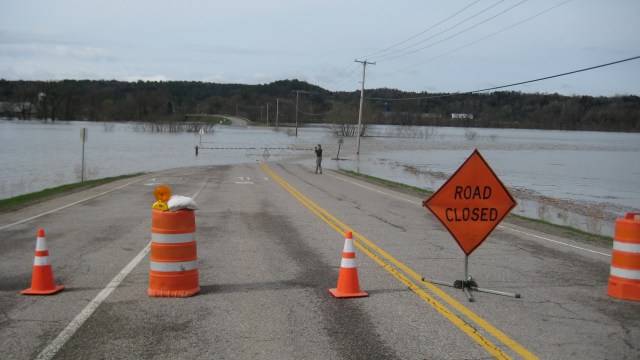Democracy. A Dangerous Way to Make Decisions About Some Risks

California’s initiative process can be both a wonderfully democratic and perilously dumb way to make law. On no issue could that be more true than the proposed initiative to shut down nuclear power in the state. The question – which proposes shutting down the Diablo Canyon and San Onofre nuclear plants until the federal government approves a permanent disposal site for nuclear waste – is scientifically, environmentally, and economically complex, but also badly tangled with powerful emotions. Between the facts and those feelings, guess which will have more influence on the choice people make. Is that a wise way to make policy on something with such huge implications for human and environmental health?
Mountains of evidence from both scientific research and our everyday experiences make inescapably clear that risk perception is subjective. It is an instinctive process that relies on emotional and social cues and mental shortcuts for decision making, rather than an objective open-minded analysis of the facts. It is a process which sometimes leads us worry more than the evidence warrants, or less than the evidence warns, a phenomenon I call “The Perception Gap.”
The anti-nuclear initiative is a clarion example. Particularly among baby boomers, our nuclear fears are rooted in existential Cold War worries about nuclear weapons, which transitioned into fear of nuclear fallout from atmospheric weapons testing, which transitioned into part of the environmental movement. Beyond that stigmatizing past, nuclear radiation bears many of the psychological characteristics that research has found make any risk scarier.
On top of those “risk perception factors,” nuclear energy is associated with industry and capitalism and institutions of economic and political power that some feel are responsible for an unfair society in which a few have most of the control, and the rest of us are stuck lower on an economic and social class hierarchy too rigid to give everyone a fair shot. Many of those who fight for that fairer world are known in the study of Cultural Cognition as “egalitarians”. They are more likely to be environmentalists, since environmental damage is seen as caused by a few – the people in control of business and industry – while it unfairly jeopardizes all of us. Nuclear power triggers such feelings too.
That’s a deep pile of emotional baggage that will play a powerful role in the decision California voters may be asked to make, if the initiative petition gains enough signatures. It will be hard for people with all those very real and valid feelings to accept that nuclear power has pros as well as cons. Compared with its real but weak cancer risk, nuclear power emits no particulates, which are emitted from coal-fired power plants and which sicken and kill thousands of Americans each year according to the National Academy of Sciences (The Hidden Costs of Energy, NAS Report, 2010). Give the profound threat of climate change, it’s a huge plus that nuclear power generation emits practically no greenhouse gases.
And nuclear waste — which is carcinogenic but only at the same weak level as most nuclear radiation exposures — can be permanently stored. The Finns are close to opening a permanent repository. The Swedes are close behind. The Obama Administration’s Blue Ribbon Commission on nuclear waste just recommended that we adopt parts of the Finnish-Swedish model, particularly the part giving local communities the final say over whether to host such a facility.
It is likely that if you are opposed to nuclear power, you had a negative reaction to that last paragraph, even viscerally negative. That’s my point, to note how easily our emotions can interfere with our ability to be analytical thinkers on complex issues like this. This essay is not about nuclear power. It is a suggestion that we need to recognize the dangers of The Perception Gap, and how our emotional, instinctive, subjective risk perception can lead to judgments – in our personal daily lives and on initiative petitions and other forms of policy making – that can do us more harm than good. Coming to grips with the flaws of risk perception is the first step toward avoiding its risks.
(This essay originally ran as an OpEd in the Los Angeles Times last Friday.)




